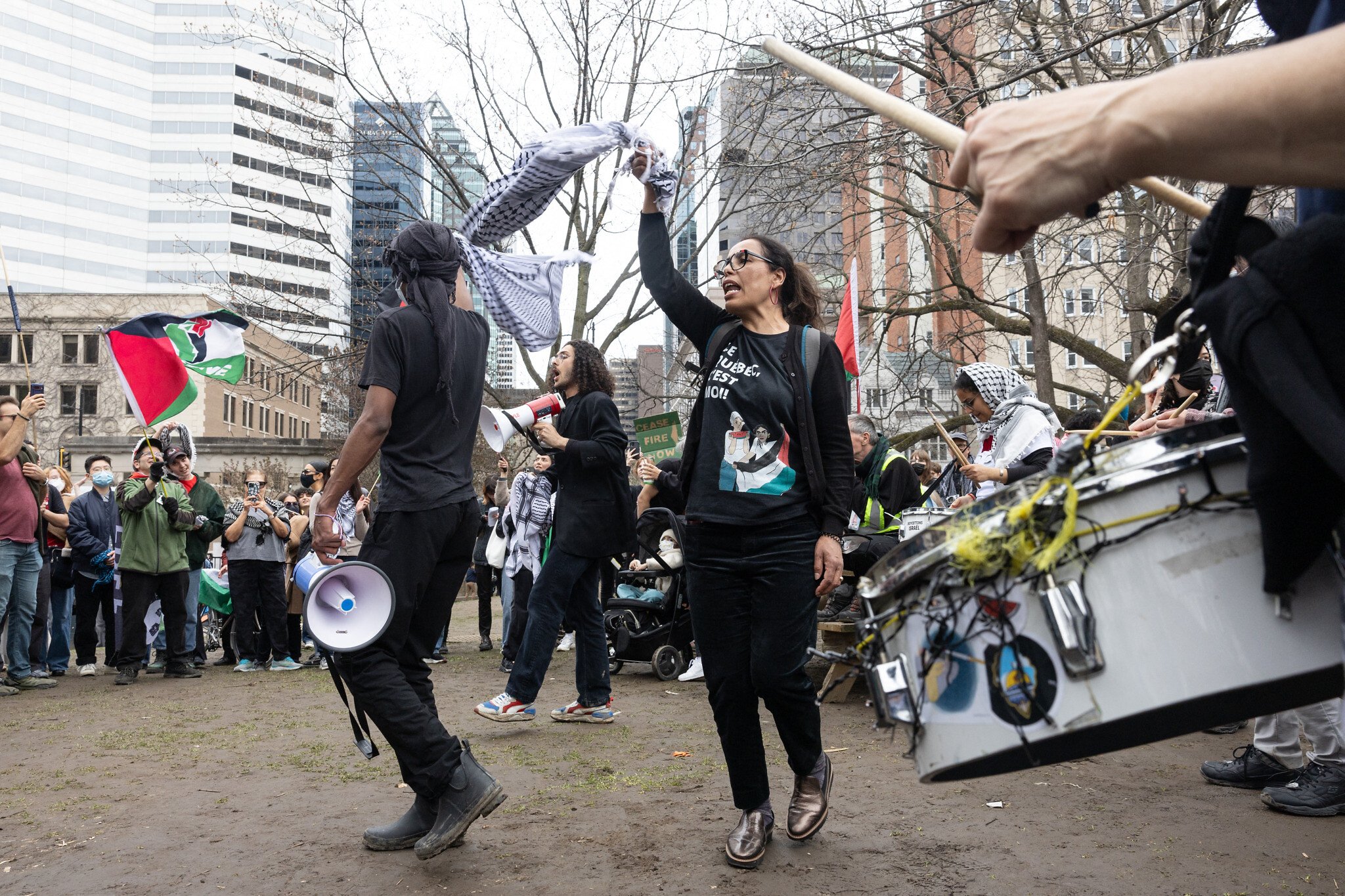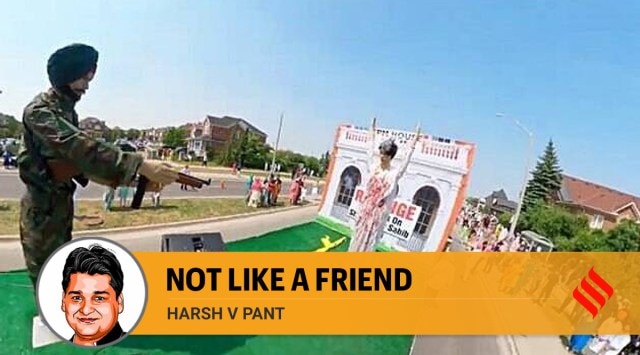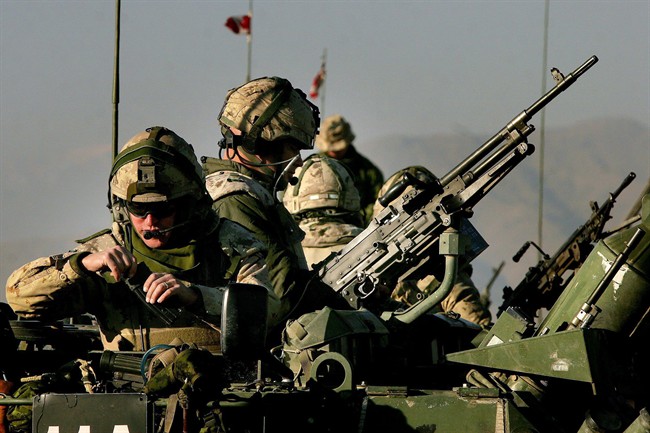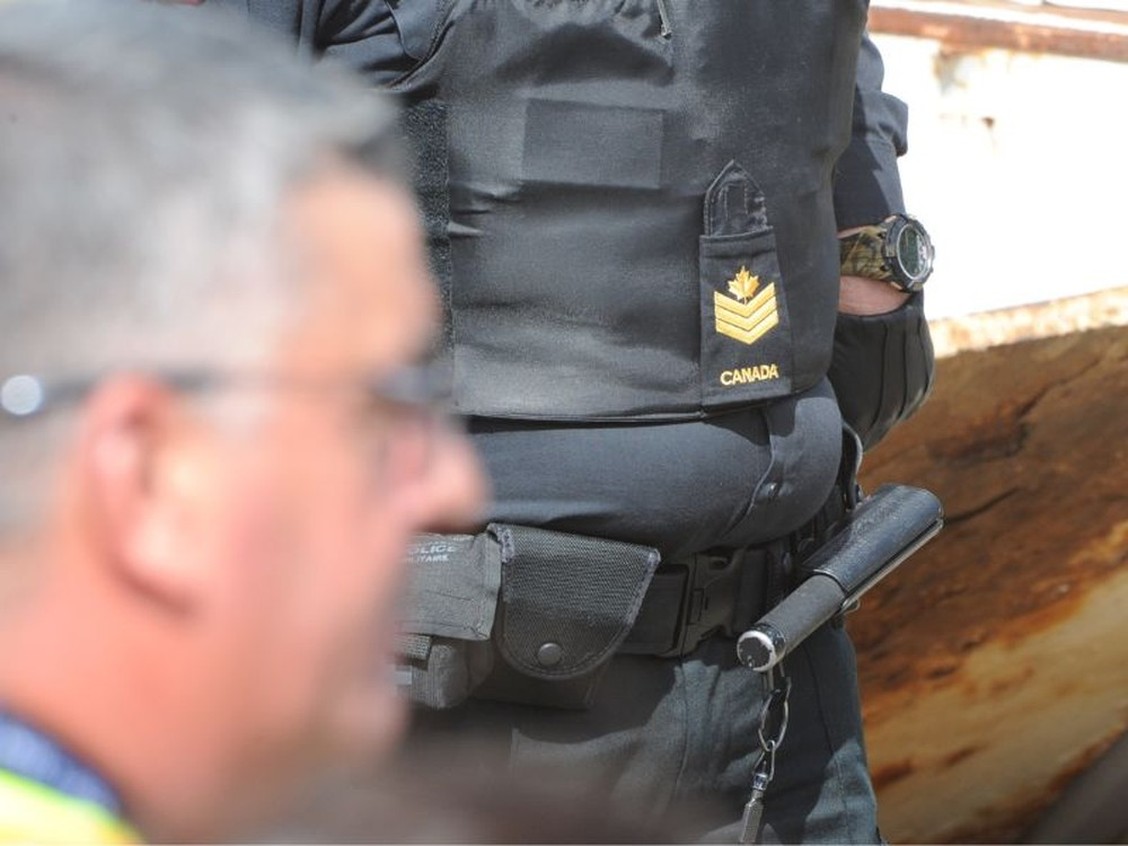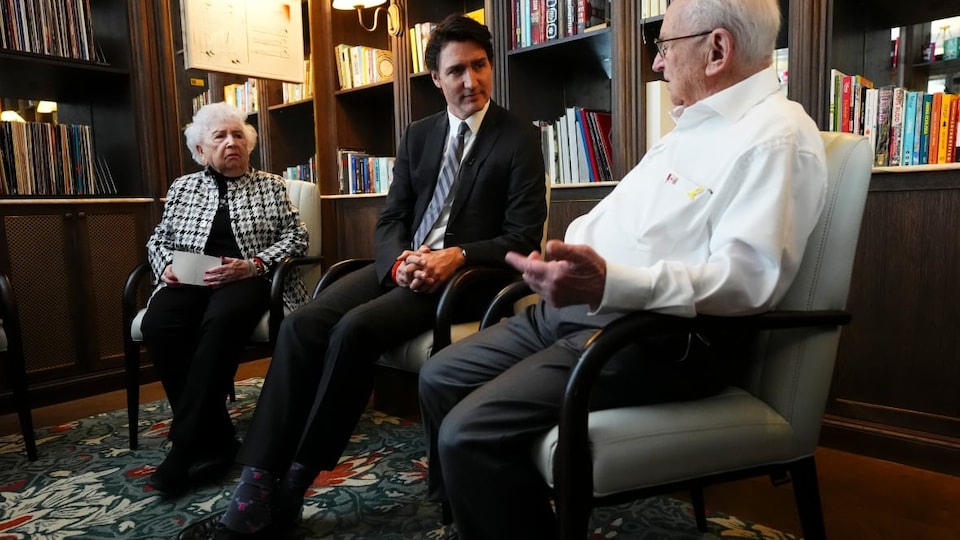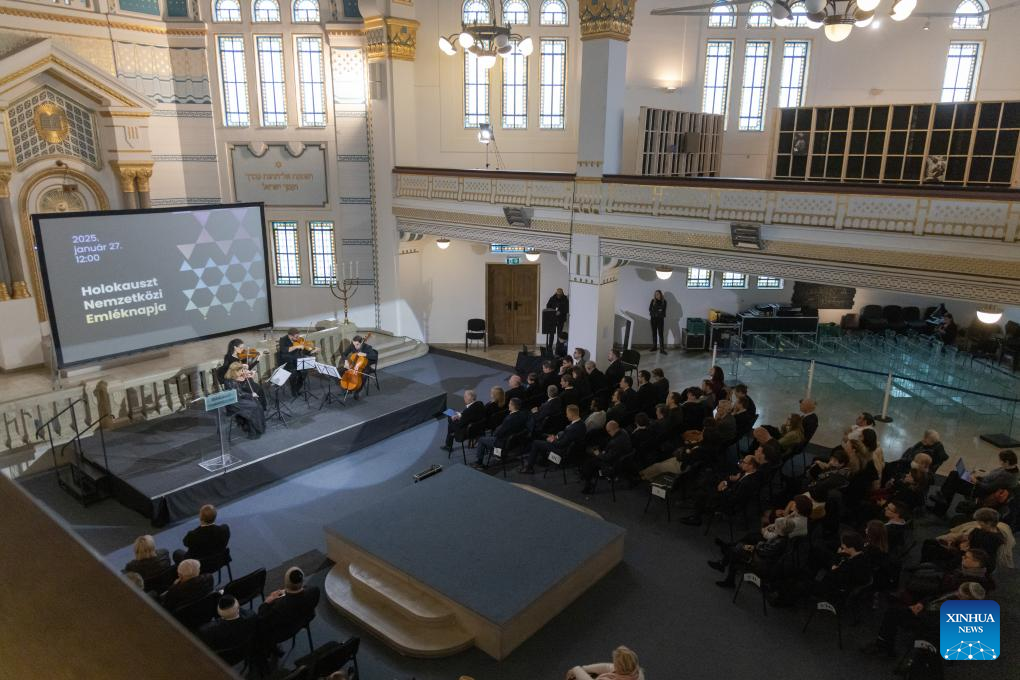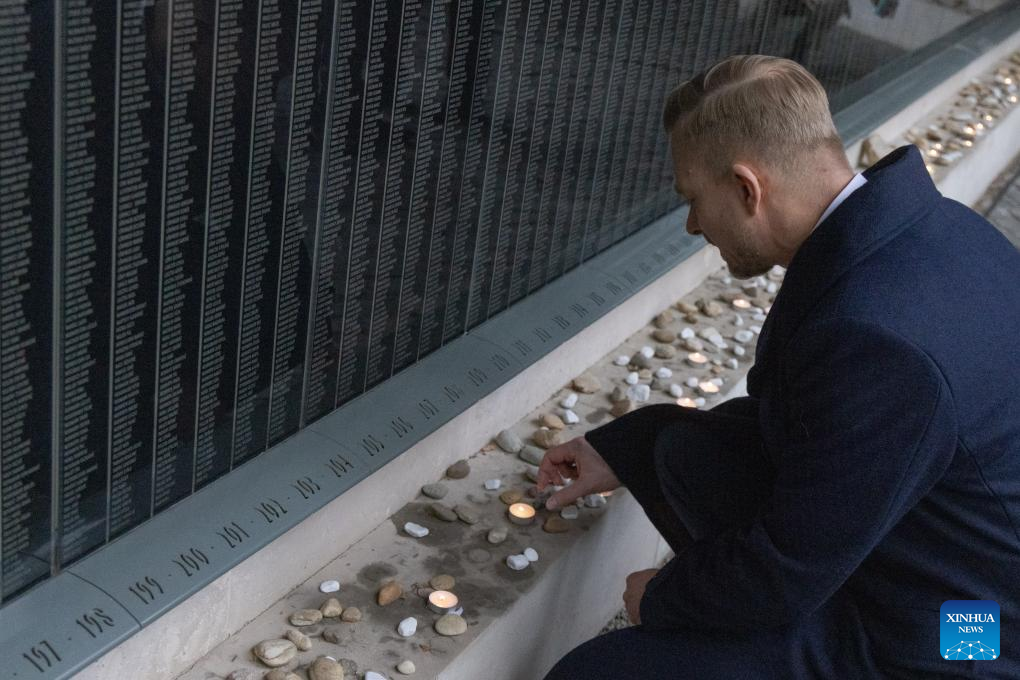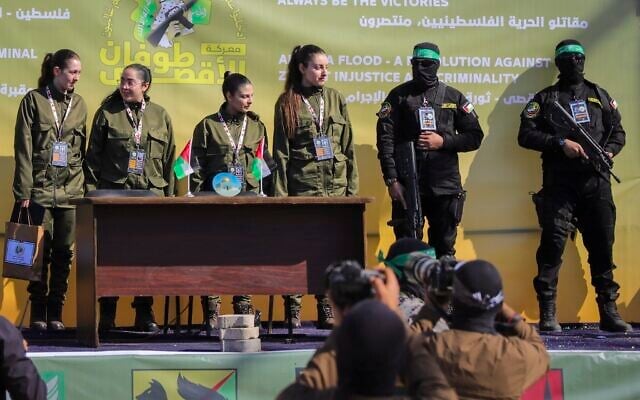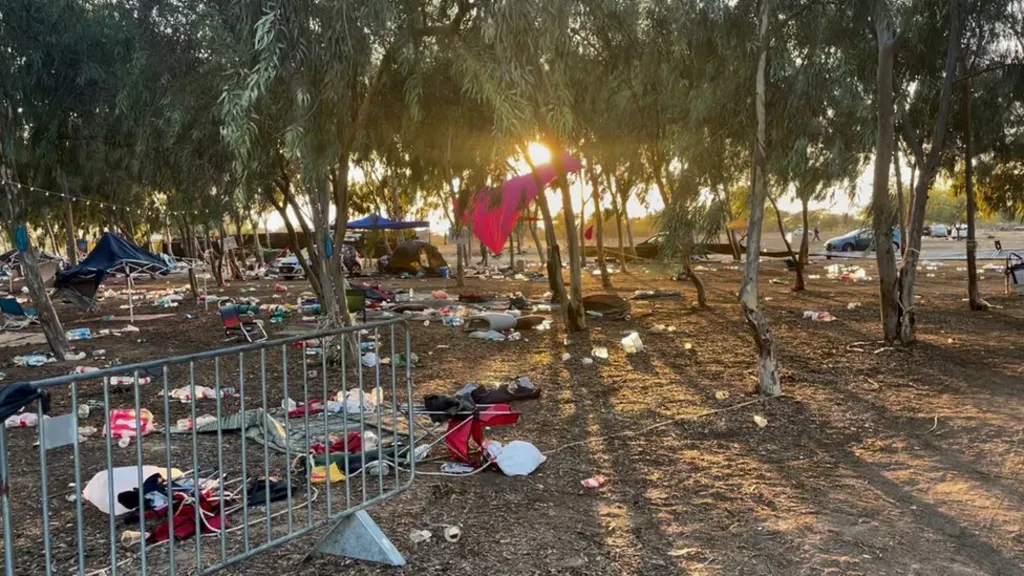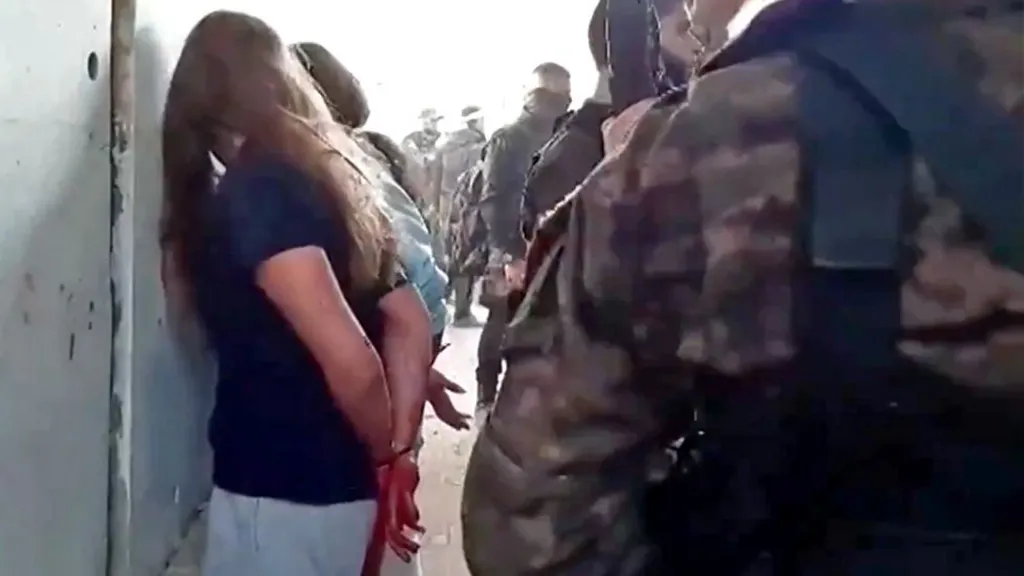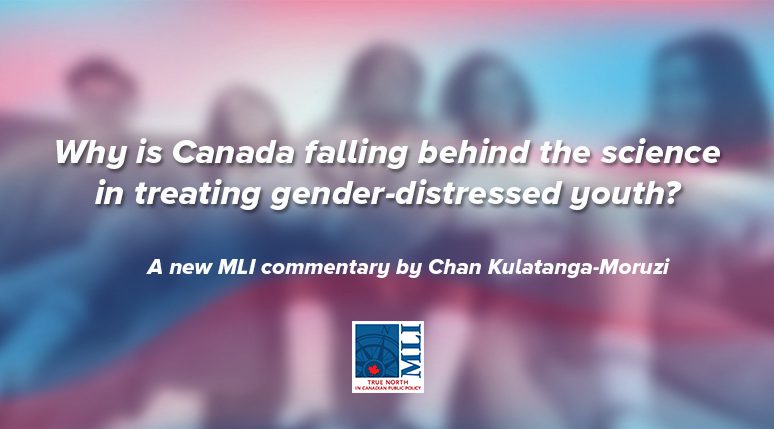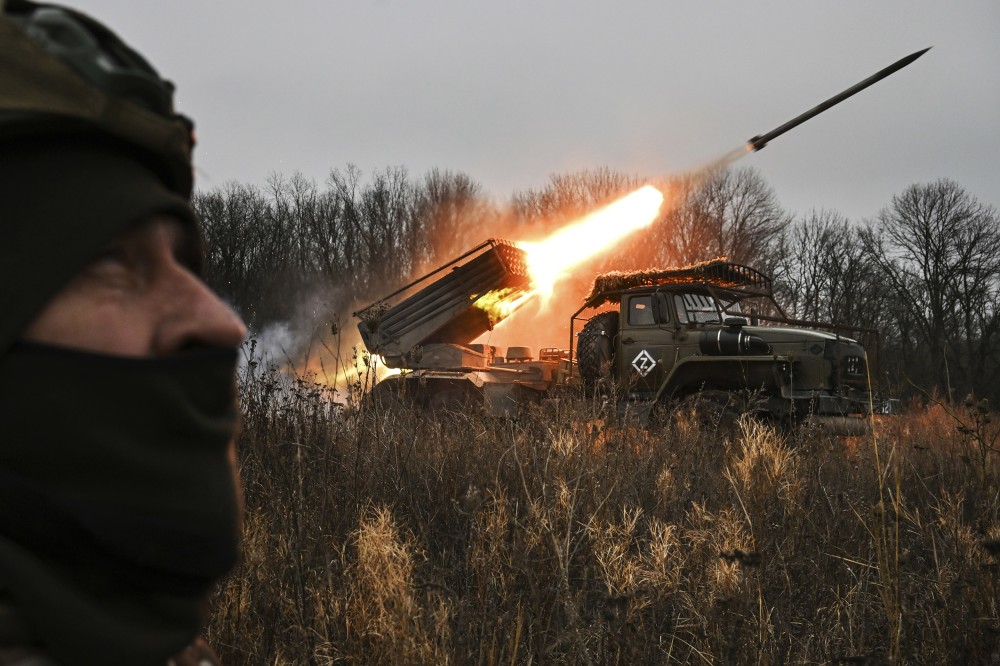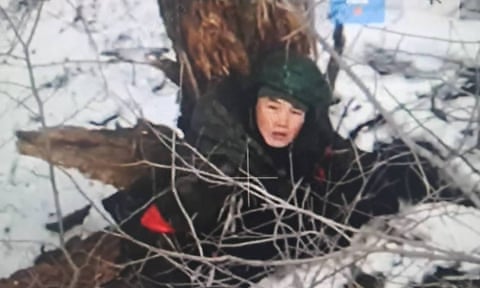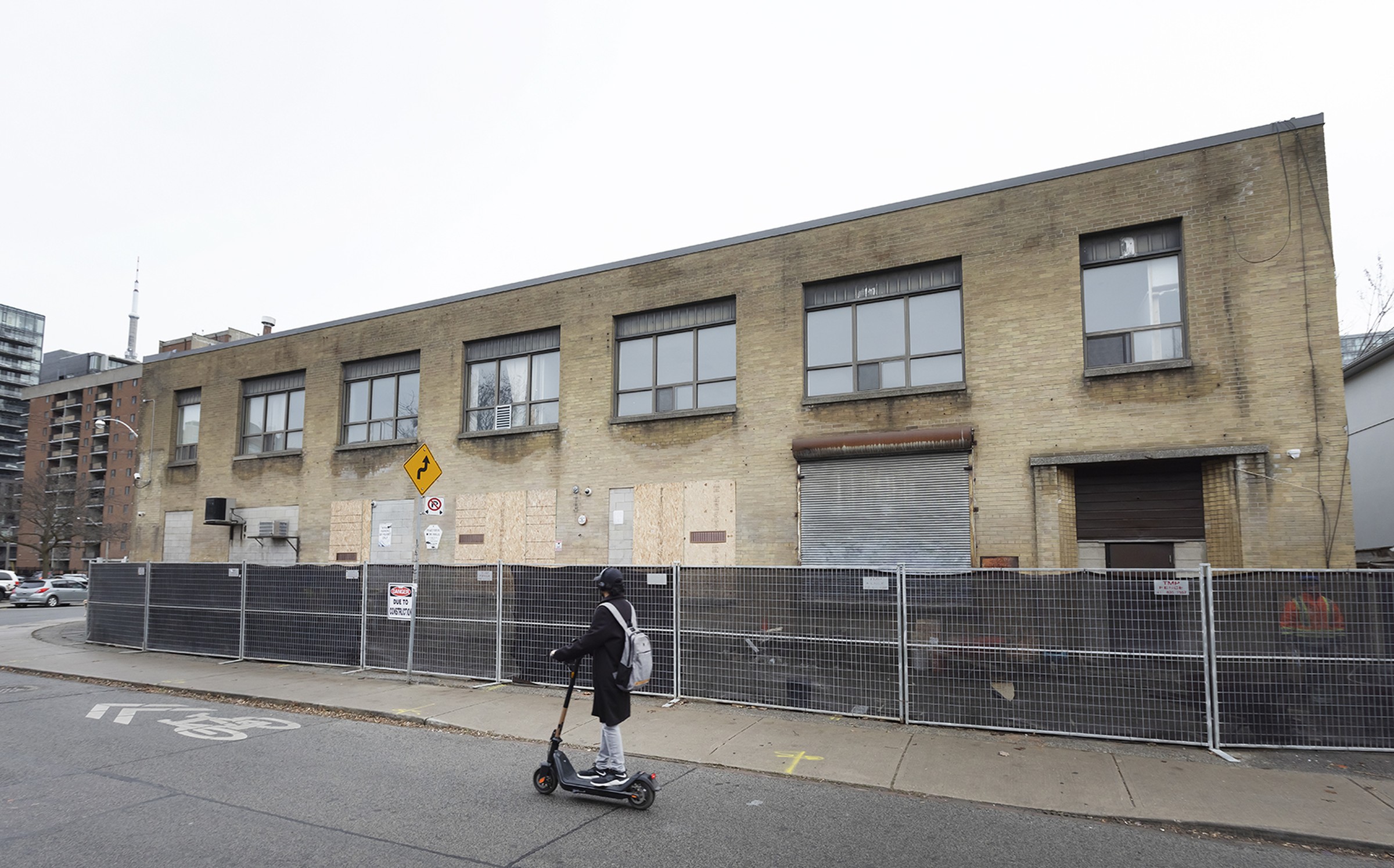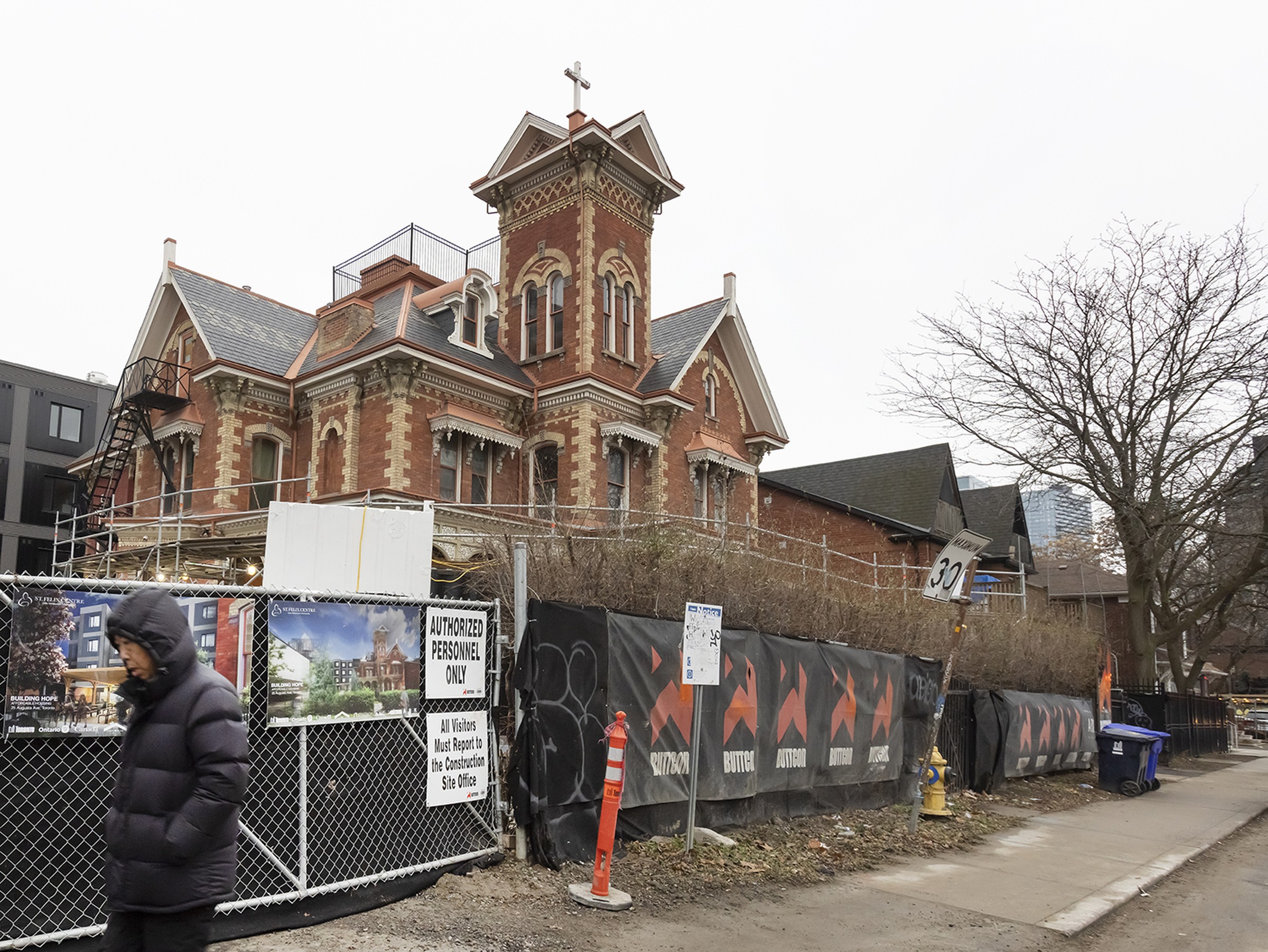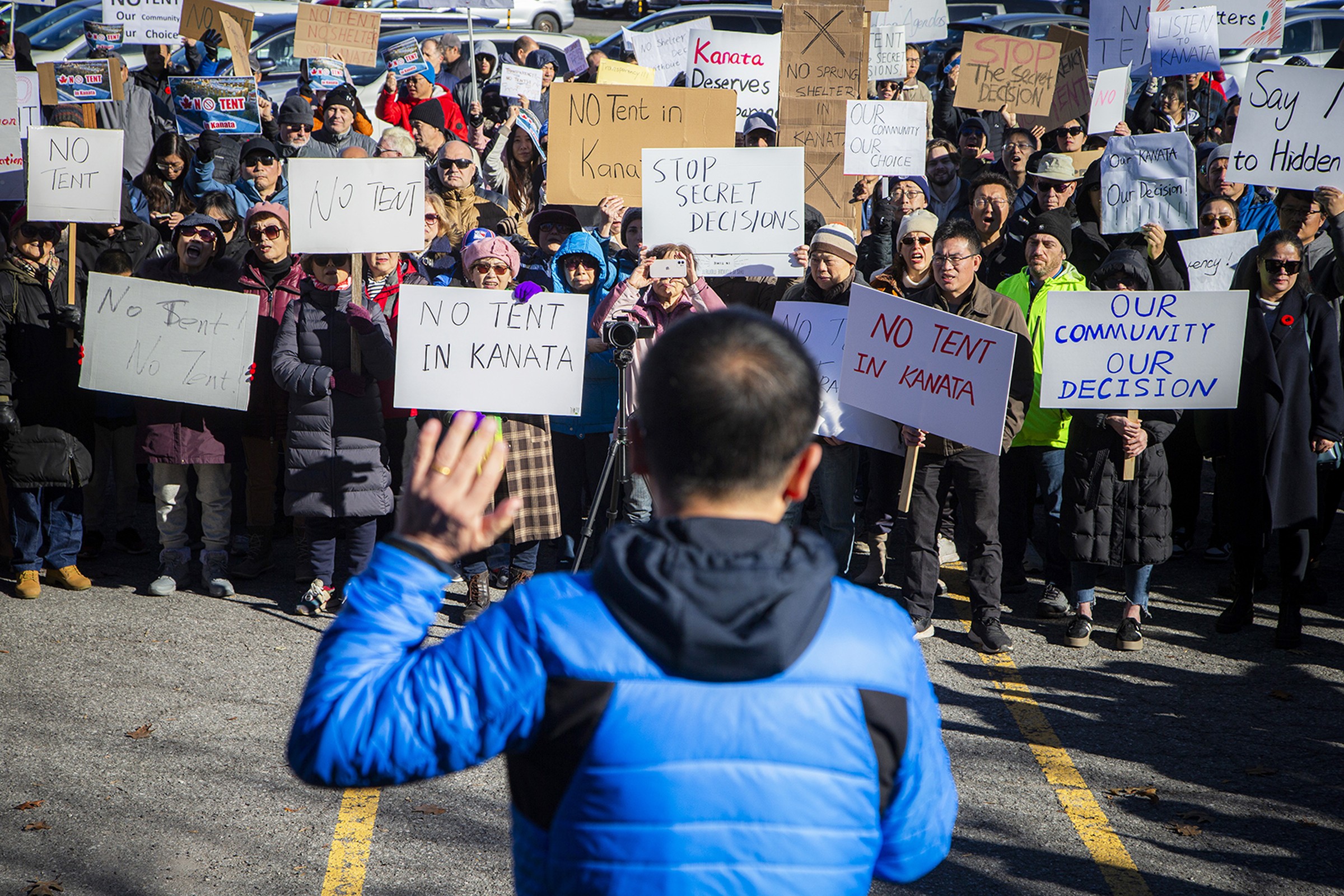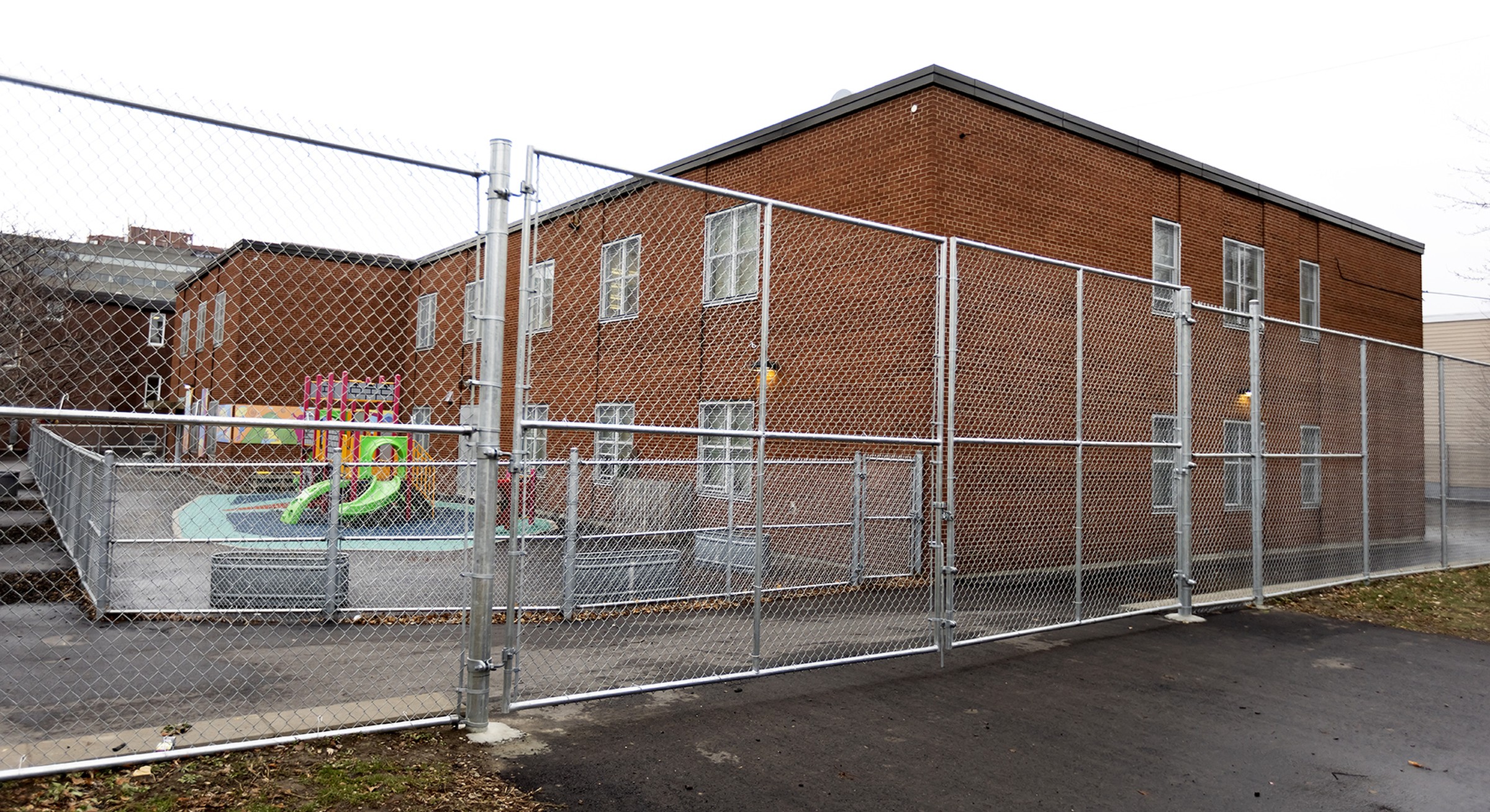"Relatively many people survived, which for example barely happened in sites which didn't have such a forced labour component."
"[As testimony to the past purpose of Auschwitz, maintaining the death camp as a memorial site has its value]: You have the gate [Arbeit Macht Frei], you have the wagon [transport]. You have the incredibly long railway platform which leads to the former crematoria and gas chambers."
Thomas Van de Putte, scholar specializing in Holocaust memory, King's College London
"I saw thousands of tortured people whom the Red Army had saved -- people so thin that they swayed like branches in the wind, people whose ages one could not possibly guess."
Boris Polevoy, Pravda correspondent, eyewitness to Soviet liberation of Auschwitz Jan.27, 1945
"This is the anniversary of liberation. We remember the victims, but we also celebrate freedom."
"It is hard to imagine the presence of Russia, which clearly does not understand the value of freedom."
Auschwitz Museum director Piotr Cywinski
 |
|
The world is set to mark the 80th anniversary of the most dreadful mass atrocity that a country at war designed in an orgy of hatred against an ethnic population drawn from the countries of Europe whose citizenry included millions of diaspora Jews forced in antiquity from their ancestral homeland for exile abroad by a Roman occupation of the holy land that implacably put down an insurrection of Judean origin in a paroxysm of violence that millennia later was replicated with more modern and equally savage technological means of broader dimensions.
It is highly doubtful that Romans of the period felt it incumbent upon themselves to harvest the hair, skeletal remains, attire, gold dental fillings, marriage rings, to enrich themselves and produce stuffing for pillows, the production of soap from the remains of their victims as Nazi Germany felt disposed to do. The slaughter of children, women and men of all ages may be a casualty of war anywhere at any time when civilian populations bear the brunt of conflict that uproots and victimizes them in loss of home, necessities of life and life itself, but Nazi Germany brought its obsession with the extermination of Jews to a fine art.
 |
| This photo provided by Paris' Holocaust Memorial shows a German
soldier shooting a Ukrainian Jew during a mass execution in Vinnytsia,
Ukraine, sometime between 1941 and 1943. This image is titled "The last
Jew in Vinnitsa", the text that was written on the back of the
photograph, which was found in a photo album belonging to a German
soldier |
It took an orgy of mass dementia to organize round-ups, persuade populations that a nest of vipers lived amongst them that German authorities prepared to save them from, infesting those non-Jewish citizens with a suspicion and loathing of Jews they had lived among for centuries to convince them that the goal of extermination would make for a more refined, pure society once the presence of Jews was eliminated. People adapted nicely and deliberately turned their faces away from the putrid agonies of exclusion and humiliation their fellow Jewish citizens suffered, glad when they suddenly vanished into slave labour camps since out of sight, out of mind was a great relief,
Now, generations after the Holocaust for most people inhabiting our familiar world the memory of mass annihilation is beyond faint and growing fainter. Just as the thousands of Jews who managed miraculously to survive have grown old and are growing older, their witness status soon to fade itself, in and out of history. To be sure, others besides Jews died; political prisoners, Poles, Roma, Sinti, Soviet prisoners of war, homosexuals, but it was Europe's Jews that comprised the target focus.
This year, on the 80th anniversary memorializing the Holocaust, an estimated 50 survivors are expected to be present, and they will speak to the world once again of their loss, their ordeal, their endurance, their unforgettable memories. Two-thirds of the Jews of Europe perished in that orgy of hate and demonic destruction of human life. They were murdered in the death camps established all over Europe, places like Treblinka, Majdanek, Stutthof, Auschwitz, Buchenwald, Dachau, Mauthausen and Bergen-Belsen among a plethora of others.
There were survivors at Auschwitz for the simple reason that though it was a death camp it also was a labour camp. Where those who survived the journey to Auschwitz in crowded train transports were separated on arrival into groups deemed sufficiently healthy to work, the others directed to groups who would enter the 'shower rooms' where they were gassed to death with Zyklon B, their remnants cremated in giant furnaces, their ashes belched out of massive chimneys to nurture the surrounding soil.
Presidents, royalty, ambassadors, politicians, rabbis and priests will be among those in attendance to memorialize the fixation of a nation and a continent on the destruction of a tiny ethnic/cultural/religious group that had lived among them for generations, enriching those countries with their presence as artists, scientists, teachers, factory workers, lawyers, doctors, justices, soldiers, entertainment figures, industrialists, bankers and journalists, bakers and cobblers.
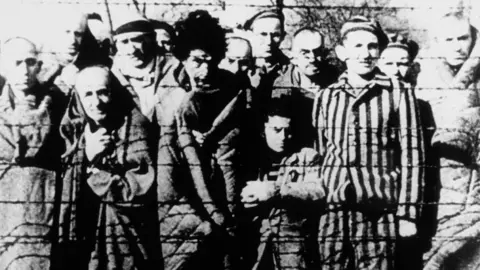 |
|
The royalty, presidents, ambassadors, politicians and priests of the time who failed to exert their moral outrage over the persecution, then the demonization, then the isolation, then the ghettoization, then the imprisonment and finally the murder of six million Jews were in a very real sense complicit with the perpetrators of the vast act of genocide. Their present day counterparts are in a very real sense not much different than those during the Holocaust who couldn't be moved to make an effort at prevention and deterrence.
The rising tide of antisemitism which bears such an uncanny resemblance to that of the 1930s and 1940s and the growing calls of accusations against a tiny Jewish state established in its ancestral geography to restore pride in Judaic heritage but above all to give strength to the cry of "Never Again!" by its pledge to protect and guide Jews into the future is once again under existential threat. Collegial nations of the West, supporters of the Jewish state, have managed to remain on the sidelines once again, leaving Israel and Jews to their own defense.
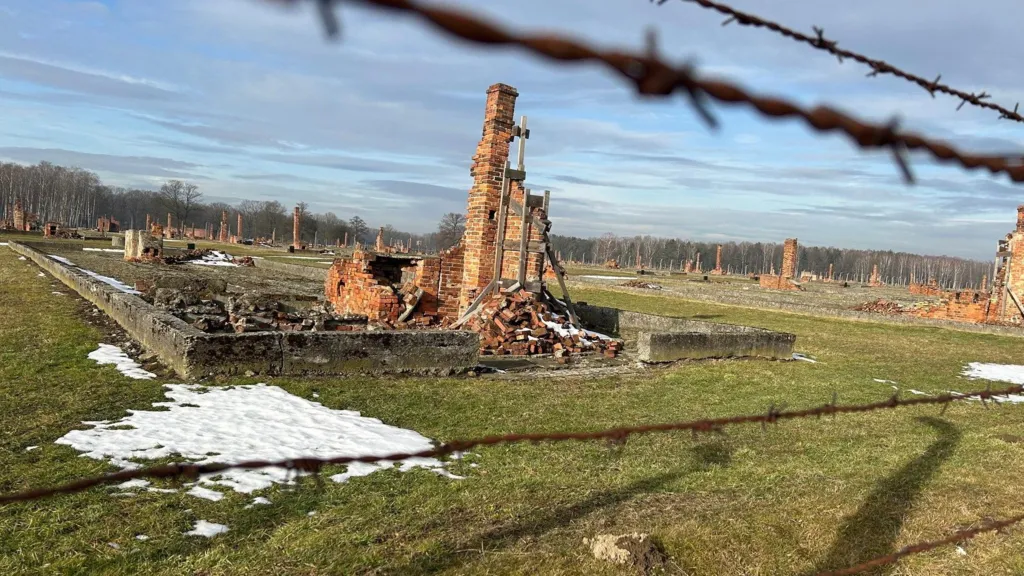 |
| The ruins of the sprawling Birkenau site stretch far into the distance |
Labels: 6 Million Jews, Holocaust, Nazi Germany, World War II



